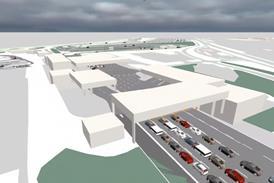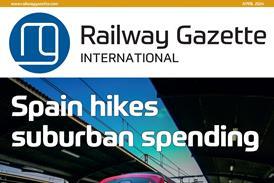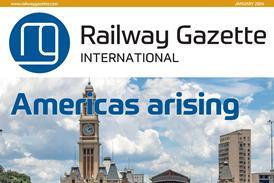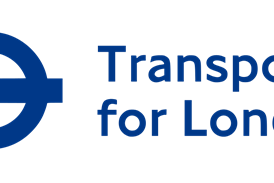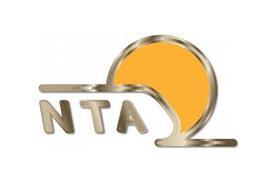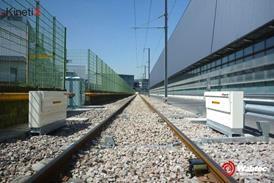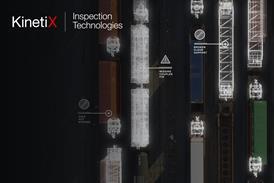MOST SUCCESSFUL technological advances in recent years have focused on enabling people to communicate in new and sophisticated ways, breaking down geographical and cultural boundaries. However, face-to-face communication is still necessary and interaction between people is as important as ever in both social and economic terms. Rail travel, whether inter-city or urban, is thus assured of a future.
The 21st century signals a fresh start for all modes of collective passenger transport and for mass transit in particular. The era when cars had the run of our cities with no restrictions is drawing to a close, as we pay the price with heavy congestion and high levels of pollution. Solutions need to be found, and careful traffic management, parking policies and increased investment in public transport can make a positive contribution to relieving this gridlock.
Modern cities today need modern transport, and rail is usually at the heart of these systems. Rail is also one of the best modes to link major economic centres and outlying residential districts with the commercial areas in city centres, allowing the exchange of people and goods that are so vital for business and society to thrive and flourish. But overcrowded trains, deteriorating track quality, delays and cancellations are not going to increase rail’s market share, and the renaissance of rail will remain a dream without major infrastructure improvements and the provision of rolling stock that meets people’s expectations.
Even worse, rail based public transport is highly capital intensive. Finding the money to pay for new rolling stock is one thing, but there is also the question of infrastructure improvements. The public purse can no longer be expected to fund projects alone, so new mechanisms for financing and investment need to be found if real alternatives are to be made available to all citizens.
Traditional ways of funding no longer fit within a modern urban economy and can lead to crushingly high levels of debt. True financing is not just funding and can be used as a management tool - not just as a way of finding money for projects. The management of risk is now a key issue and private/public partnerships have redefined the balance of risk sharing, shifting it from the public to the private sector.
This injection of private capital not only relieves the burden of finance but is also changing the rules of the game.
The rail mode’s future will be secured if railways can adapt quickly to changing demands and expectations. The success of high speed inter-city services or rail links to airports, currently one of the fastest growing features of the rail business, can be seen worldwide. There are now over 70 airports served by dedicated rail links and a further 140 are under development.
Change is unavoidable in today’s environment, to give a greater competitive edge, to explore new opportunities or to meet the evolving and increasingly complex regulatory requirements. In addition, changes in policy have led to the transfer of responsibility for design and development from operator to supplier, and the industry is now asked to play an important role in total service provision. Rail is showing good potential, but there is still much to do before either Europe or the world can boast a really efficient rail sector.
Readers seeking further information on innovative financing are invited to examine the UITP’s Mobiplus electronic documentation centre, accessible via our web site www.uitp.com.


